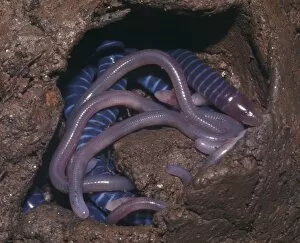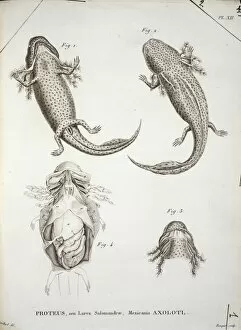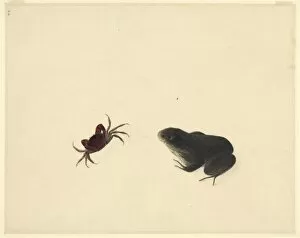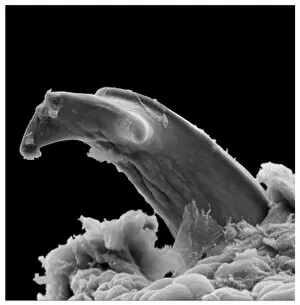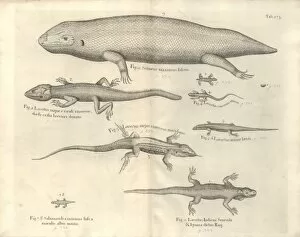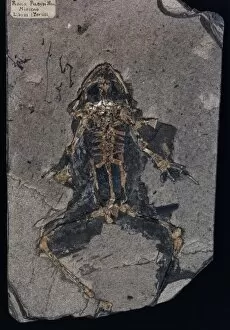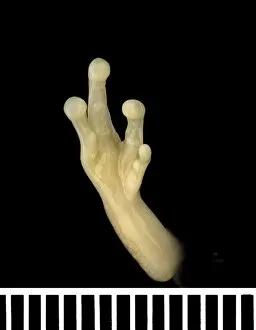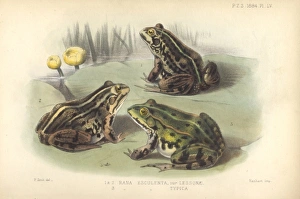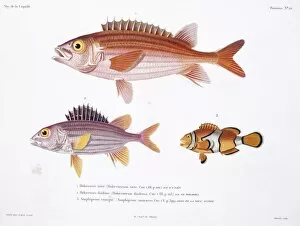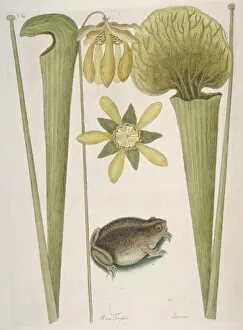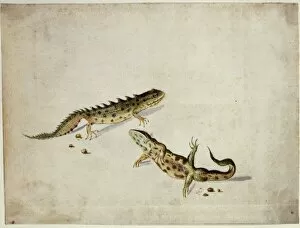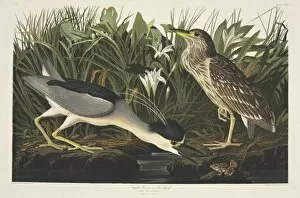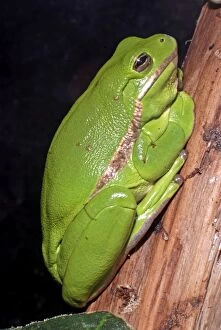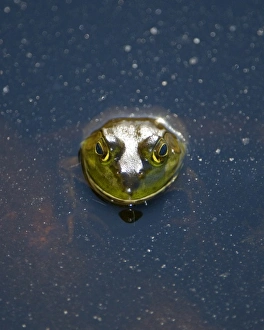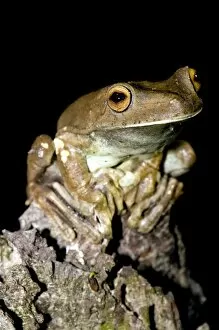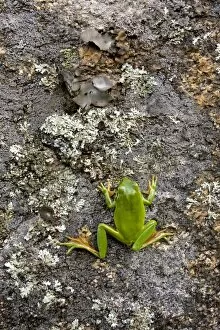Amphibia Collection (page 17)
"Discover the Enchanting World of Amphibia: From Albino Axolotls to Neon Tadpoles" Dive into the mesmerizing world of amphibians with an albino Axolotl
All Professionally Made to Order for Quick Shipping
"Discover the Enchanting World of Amphibia: From Albino Axolotls to Neon Tadpoles" Dive into the mesmerizing world of amphibians with an albino Axolotl, a captivating creature known for its unique appearance and neotenous features. Witness the graceful movement of tadpoles swimming from below as they transform into Common toads, creating a fascinating spectacle in Belgium's waters during June. Behold the beauty of a white or leucistic form Axolotl, showcasing the incredible diversity within this species and their ability to retain juvenile characteristics throughout their lives. Meet the ethereal Ghost glass frog, whose translucent skin reveals intricate details while perched in Costa Rica's lush rainforests – truly a sight to behold. Marvel at Common Toad tadpoles thriving in muddy puddles amidst Allgau's picturesque landscape in Bavaria, Germany – nature's resilience on display. Encounter the majestic Eastern tiger salamander found in North Florida, USA during December; these elusive creatures captivate with their vibrant markings and secretive lifestyle. Observe a Common Toad tadpole gracefully gliding through Belgian waters from below – an underwater ballet that showcases nature's wonders up close. Get acquainted with the Yellow-bellied toad as it reveals its underside in Kirchheimbolanden, Germany – highlighting its distinct coloration and unique adaptations for survival. Journey to La Selva Field Station in Costa Rica where you'll encounter the Nicaraguan giant glass frog - an impressive amphibian boasting striking green hues against its transparent skin. Explore Yasuni National Park in Orellana and meet one of nature's most formidable predators -the Amazon horned frog- renowned for its voracious appetite and distinctive appearance.


